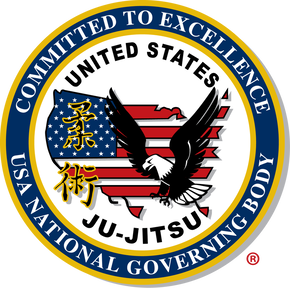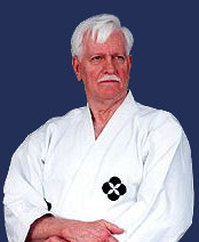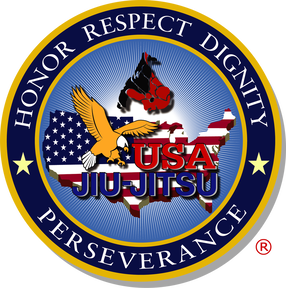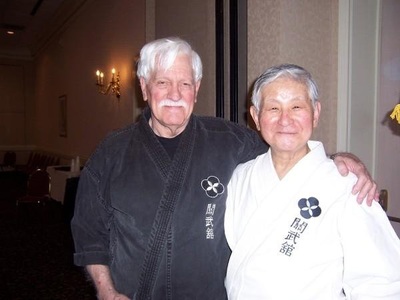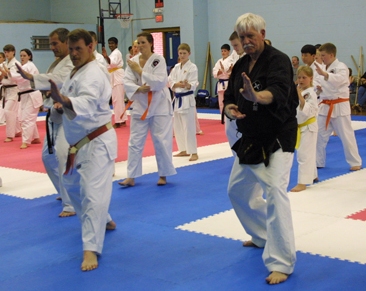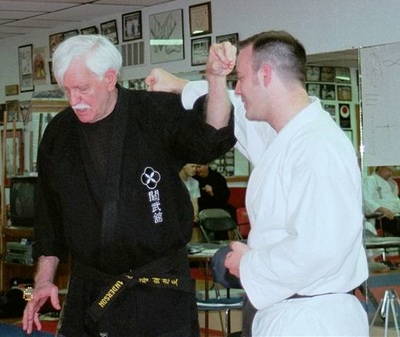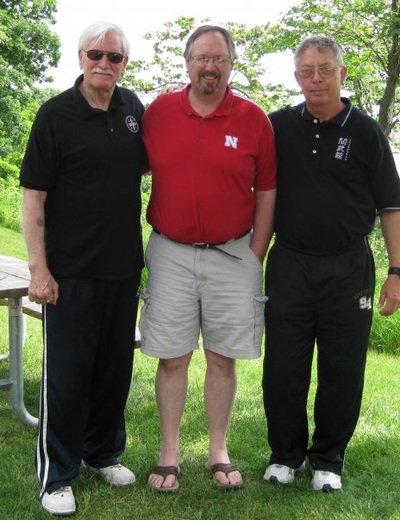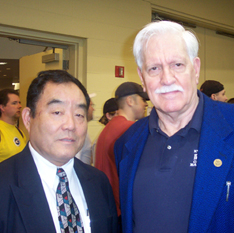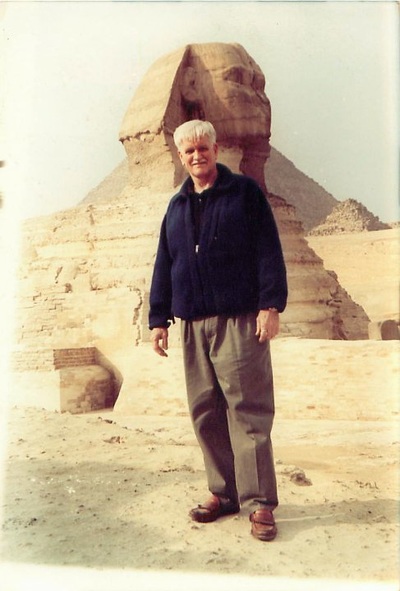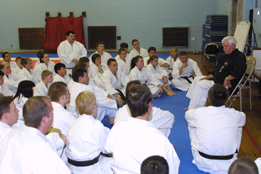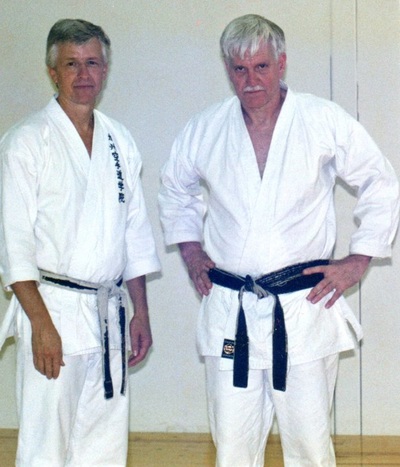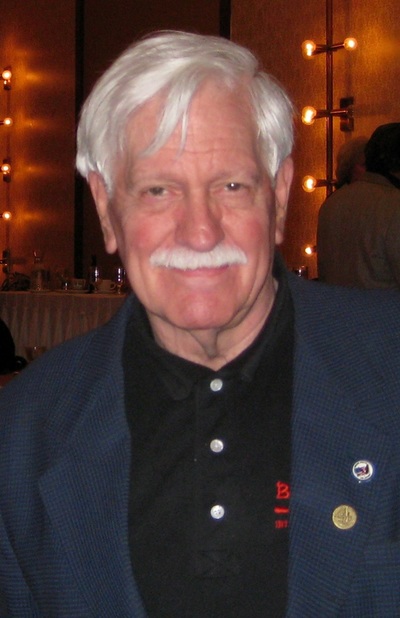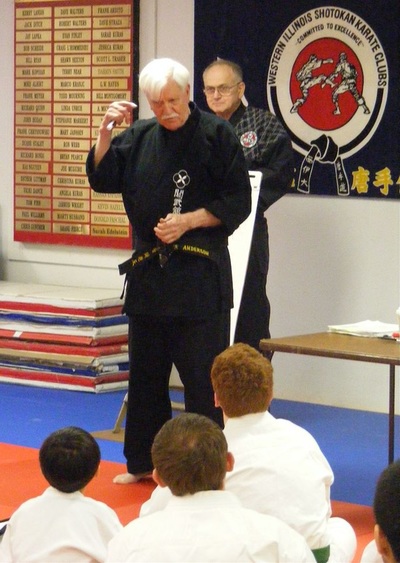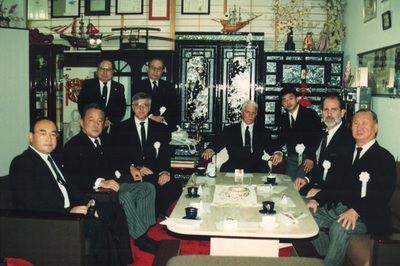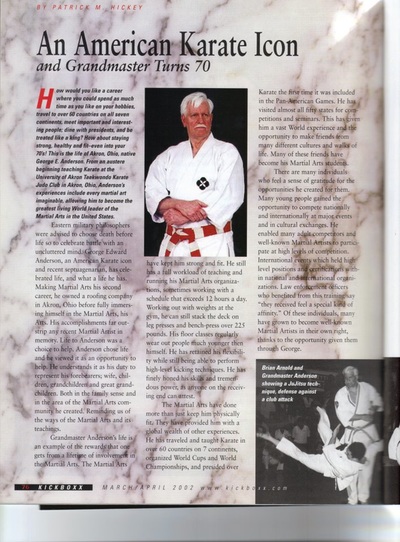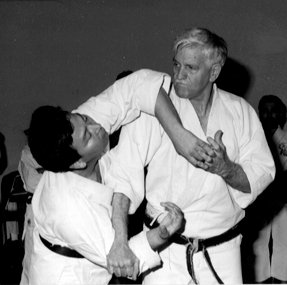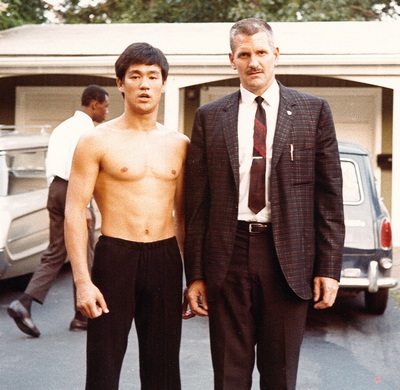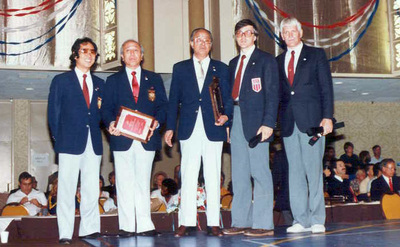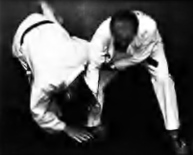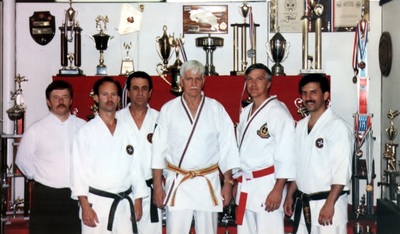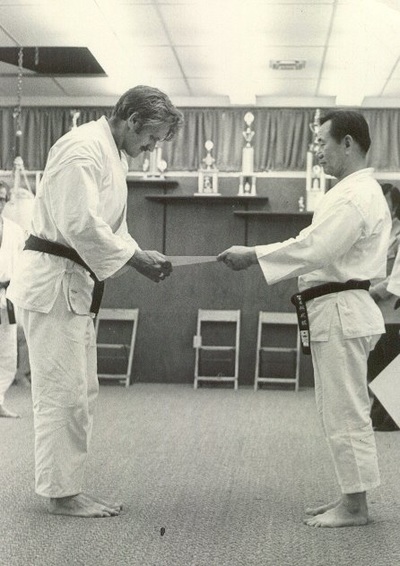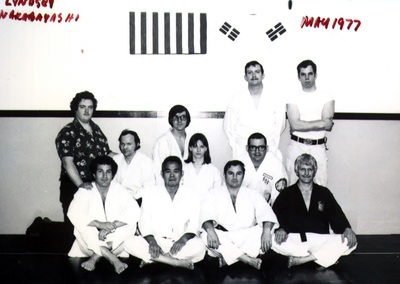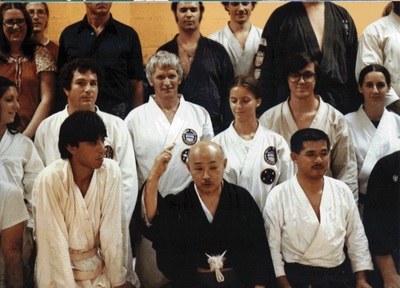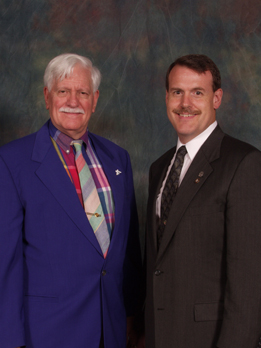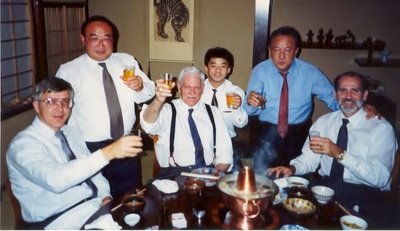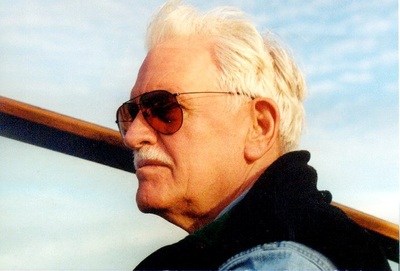George E. Anderson
Founder of United States Ju-Jitsu Federation (USJJF)
November 25, 1931 - August 6, 2009
World-renowned karate & jujitsu grand master, George Anderson, passed away suddenly August 6th in Akron, Ohio.
A 10th degree black belt, Hanshi Anderson was a true Renaissance Man. His early education focused on the classics and music. He became a concert quality violinist. And his life-long hunger for knowledge enabled him to speak in-depth on almost any subject.
Anderson's keen intellect, hard work ethic, ability to inspire others, and generosity enabled him to rise to such heights. He was well read to the very end and had a great passion for life, which he lived to its fullest, traveling and teaching the martial arts throughout the world.
Anderson's martial arts training began in the early 1950's and extended over 50 years. His training moved from the Akron gyms to the early Korean karate movement, as it developed into Taekwondo, and then to traditional Japanese/Okinawan karate. He rose quickly to membership in the elite Trias International Society. He became President of AAU Karate, then founded the USA Karate Federation, for many years the National Governing Body (NGB) for karate in the USA. He next took an active part in the USA NKF, the present NGB for karate. Anderson also made his mark in Police Self Defense and Defensive Tactics. He taught and served as a defensive tactics advisor to many law enforcement departments around the country.
Anderson was also extremely successful at the world karate level. He was elected president of the Pan American Union of Karate Organizations, chairman of the powerful World Union of Karate-do Organizations (WUKO) Referee Council, and later WUKO's first Vice President. As head of the World Referee Council, he organized the WUKO/WKF's first technical congress, where the international rules for Karate were rewritten and categorized. He was also instrumental in getting karate included in the Pan Am Games.
Hanshi Anderson also founded the United States Ju-Jitsu Federation (USJJF) and was the North American representative for the Ju-Jitsu International Federation (JJIF). And as a member of the US Olympic Committee (USOC) board of directors, he represented a variety of sports to the USOC.
His most recent projects included formulating and heading the US Masters Caucus for the USA NKF and spearheading the creation of the combined USA Karate and USA NKF Hall of Fame.
Among his many friends, students, and confidants were such martial arts luminaries as Robert Trias, Sadaki Nakabayash, Fusigero Takagi, Masafumi Suzuki, Ki Wang Kim, Byung Jick Rho, Ki Whang Kim, Richard Chun, Henry Cho, Kang Rhee, Kim Soo Jin, Jhoon Rhee, Mon Soo Park, Chong Lee, and Park Chul Hee.
He left a great legacy through his Kwanmukan style and his Shihan and Sensei students, who now carry on his tradition. Many of those who received rank underneath Hanshi Anderson run or represent major martial arts organizations today. Through them, his influence will continue for many years to come.
Hanshi Anderson made his home in Akron, Ohio, and lived with Joan, his wife of 59 years. He is survived by five children and many grand and great grandchildren.
Founder of United States Ju-Jitsu Federation (USJJF)
November 25, 1931 - August 6, 2009
World-renowned karate & jujitsu grand master, George Anderson, passed away suddenly August 6th in Akron, Ohio.
A 10th degree black belt, Hanshi Anderson was a true Renaissance Man. His early education focused on the classics and music. He became a concert quality violinist. And his life-long hunger for knowledge enabled him to speak in-depth on almost any subject.
Anderson's keen intellect, hard work ethic, ability to inspire others, and generosity enabled him to rise to such heights. He was well read to the very end and had a great passion for life, which he lived to its fullest, traveling and teaching the martial arts throughout the world.
Anderson's martial arts training began in the early 1950's and extended over 50 years. His training moved from the Akron gyms to the early Korean karate movement, as it developed into Taekwondo, and then to traditional Japanese/Okinawan karate. He rose quickly to membership in the elite Trias International Society. He became President of AAU Karate, then founded the USA Karate Federation, for many years the National Governing Body (NGB) for karate in the USA. He next took an active part in the USA NKF, the present NGB for karate. Anderson also made his mark in Police Self Defense and Defensive Tactics. He taught and served as a defensive tactics advisor to many law enforcement departments around the country.
Anderson was also extremely successful at the world karate level. He was elected president of the Pan American Union of Karate Organizations, chairman of the powerful World Union of Karate-do Organizations (WUKO) Referee Council, and later WUKO's first Vice President. As head of the World Referee Council, he organized the WUKO/WKF's first technical congress, where the international rules for Karate were rewritten and categorized. He was also instrumental in getting karate included in the Pan Am Games.
Hanshi Anderson also founded the United States Ju-Jitsu Federation (USJJF) and was the North American representative for the Ju-Jitsu International Federation (JJIF). And as a member of the US Olympic Committee (USOC) board of directors, he represented a variety of sports to the USOC.
His most recent projects included formulating and heading the US Masters Caucus for the USA NKF and spearheading the creation of the combined USA Karate and USA NKF Hall of Fame.
Among his many friends, students, and confidants were such martial arts luminaries as Robert Trias, Sadaki Nakabayash, Fusigero Takagi, Masafumi Suzuki, Ki Wang Kim, Byung Jick Rho, Ki Whang Kim, Richard Chun, Henry Cho, Kang Rhee, Kim Soo Jin, Jhoon Rhee, Mon Soo Park, Chong Lee, and Park Chul Hee.
He left a great legacy through his Kwanmukan style and his Shihan and Sensei students, who now carry on his tradition. Many of those who received rank underneath Hanshi Anderson run or represent major martial arts organizations today. Through them, his influence will continue for many years to come.
Hanshi Anderson made his home in Akron, Ohio, and lived with Joan, his wife of 59 years. He is survived by five children and many grand and great grandchildren.
